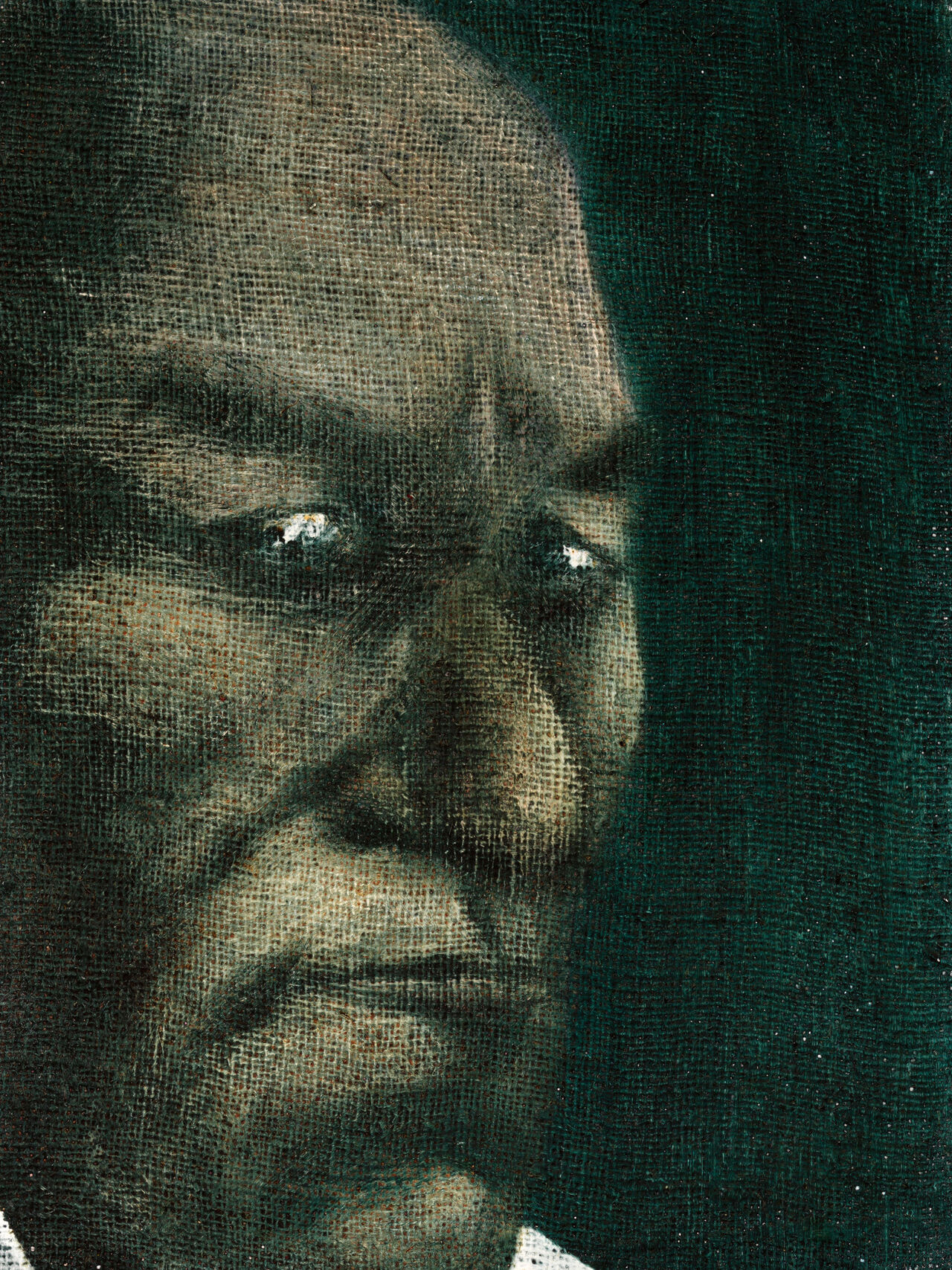Don Peebles 'Untitled Number I'
Laurence Simmons
Essays
Posted on 19 March 2025
In the late 1970s Don Peebles began to make relief paintings using paintstained, unstretched canvas, exploiting the way the canvas hangs according to its natural inclination and abandoning the supporting stretcher. The long thin canvas tongues attached to the canvas backing in his first versions recalled the floppy pages of an open book that had been tilted down. As Peebles said at the time, he wanted his paintings to ‘flow and ripple, and the consequent cast shadow when the light hits it, to be an inherent part of the whole image’.
By the time he gets to the 1990s, and Untitled Number I, he has put an immensely confident command of painting’s resources in the service of a restless curiosity about exactly how those resources might be deployed. Peebles major work is now resolutely placed in the middle of ‘the great New Zealand loose canvas tradition’ — initially perhaps a structural necessity resulting from the difficulty of procuring artists’ supplies, at that point resolved by supplementing stretchers with eyelet holes. It is a tradition exemplified by Colin McCahon and now carried on by Richard Killeen and John Reynolds among others. The result, because the canvas flaps and sits out from the supporting wall, is that it becomes ‘sculptural’. In Peebles’ case the accretions of canvas protrude provocatively into the viewer’s space, flopping and sagging into lyrical rhythms, setting off a graceful play between light and shadow, image and depth, painting and sculpture. The painting becomes a sculpture and then falls back into painting again. But this makes the result more demanding than painting because, rather than resting back diffident upon the wall, it must now reach out to have immediate and persistent drama, a certain shock effect.

Don Peebles
Untitled Number I
acrylic on canvas
accompanied by original working drawing
title inscribed, signed and dated 1993 verso
2475 x 1800mm
325 x 265mm: working drawing
Illustrated
New Zealand Herald, Saturday April 3, 2010, p. c25.
Provenance
Private collection, Auckland. Purchased from Artis Gallery, Auckland.
$20 000 – $30 000
While encouraging a frontal view Untitled Number I asks us to walk and look from the side. And each step we make encourages a different configuration and an altered mood, inflected by colours that range from a certain garishness to subtle inflections of pinks and grey. Thinned acrylic colour is soaked in, not stroked on, as if to enhance the organic feel. What might be missed is the undertow of comedy in Peebles’ work: the blackened edges of the canvas almost like burnt toast, the deliberate play between painted shadow and real shadow, the way the Moebius-like twisted strip extends as if to catch our eye and draw us into the game.
Original working drawing for Untitled Number I

The floppy, coloured canvas spinal cord is tied down to the painted space but it also ties it into our real space. Think, too, of the painted surgeon’s stitches that seem to run all the way down the middle behind the red apron. Of course, there are intimations of a dissected torso in that central red panel with an envelope over its heart. And the torso is reinforced by the way the bottom line of the canvas infers the beginning of two legs. The painting has a visceral almost bodily sense almost as if it had its own personality. Every element has a carefully constructed sagging weight with small moments of colour, red, green, yellow, fugitive notes falling like loose change from a pocket. As Peebles insisted, ‘a good painting pumps its energy out from the wall’ and Untitled Number I sure does that.
Laurence Simmons


